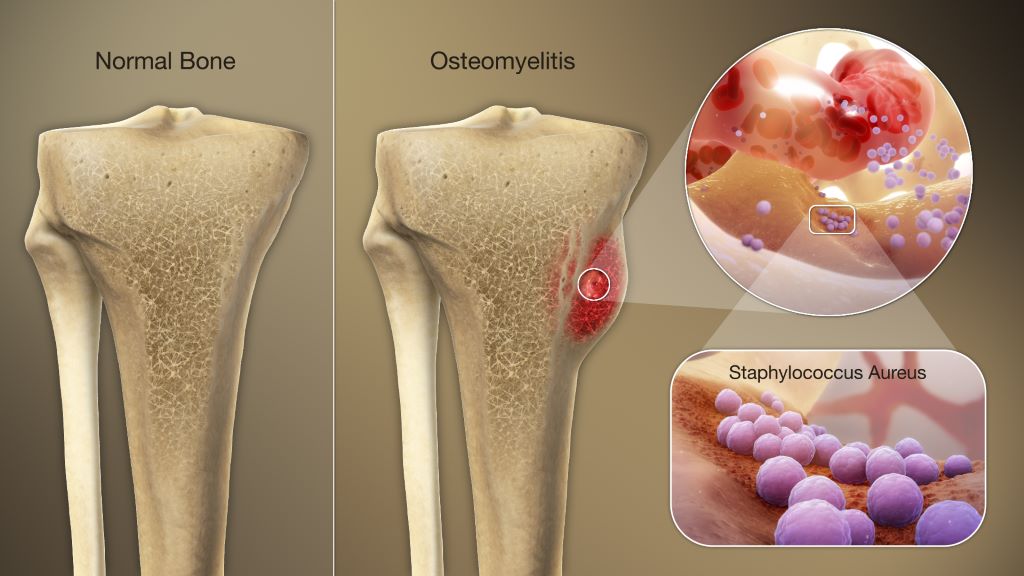
In patients who have undergone knee or hip replacement surgery, clinicians are noticing increasing numbers of chronic bone infections linked to a bacterial strain commonly found on the skin. A new study published in the Journal of Orthopaedic Research provides insights into the mechanisms involved, and how the bacteria lingers in bone reservoirs.
Utilising mouse models of bone infection and systematic electron microscopy studies, scientists found that the common skin bacteria Cutibacterium acnes can persist as layers of biofilms for weeks on contaminated titanium or stainless-steel implants. In mice, C. acnes could persist for 28 days in the tibia, and the researchers also observed C. acnes spreading to internal organs. compared to Staphylococcus aureus infections, C. acnes chronic osteomyelitis revealed markedly reduced bone osteolysis and abscess formation.
C. acnes can also invade deep pockets of the bone called osteocyte lacuno-canalicular networks and persist there.
“Our study highlights that osteocyte lacuno-canalicular networks can be a major reservoir for this bacterium and potentially provides a novel mechanism of why Cutibacterium acnes chronic bone infections are difficult to treat in the clinic,” said corresponding author Gowrishankar Muthukrishnan, PhD, of the University of Rochester Medical Center.
Source: Wiley

